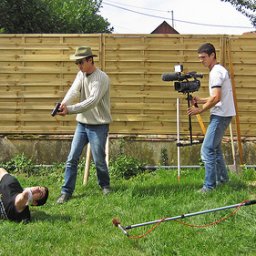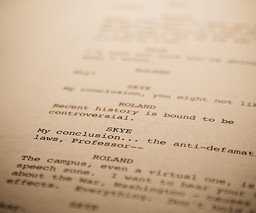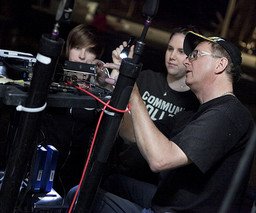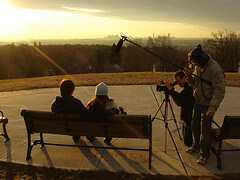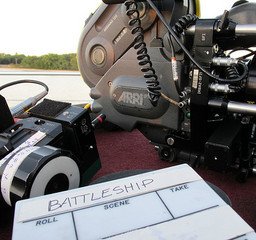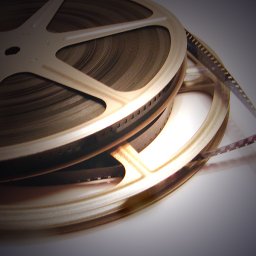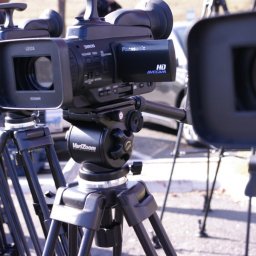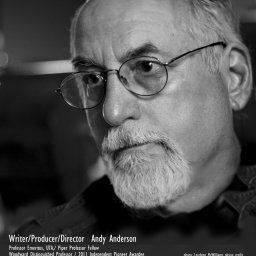A film editor can be the difference between a cinematic disaster and a film production that is a pleasure to watch. However, many people don’t realize the impact a film editor has, or the role they can play in a movie or television show’s success. Why? Because when a talented editor does their job correctly, the outcome is barely noticeable – and that’s the goal; great editing should pull an audience into a story to the extent of feeling fully immersed, giving them the feeling of watching a story unfold in person instead of on film. Of course, an editor’s work also relies on others on the film production crew, including the director and technical cast, who can determine the raw material an editor has to work with. That said, a film editor has the ability to make – or break – a movie in a number of ways.
Pace
Have you ever felt that you couldn’t wait for a movie to end because it was simply dragging on for hours – when after checking your watch, you realize the film was just beginning? This may be due to a flawed story, subpar acting, or missteps in directing. However, an awkward pace can also be caused by poor editing choices. The right editor can help a film move along at a pace that suits the story, giving you the detail and story you need to enjoy the movie while keeping you completely engaged. The wrong editing choices can make a story seem to drag on for days – or race through a storyline without giving it the time and attention it deserves.
Tension and Emotion
When scenes are edited well, emotions, tension and mystery can actually be manufactured through the right juxtaposition of shots. They can hint to suspected motives, transfer fear or sadness through inserting characters’ emotional reactions into the unveiling of the ongoing activity. For example, think of a tear-jerking scene in a movie that tells of the collapse of a romance, or the dramatic death of a beloved character; often, the dramatic setting and situation are enhanced by capturing the devastation or despair shown by the characters and weaving their reactions into the scene.
Continuity
For a story to move forward – and for an audience to lose themselves in a film – the movie or show must move forward in a logical sequence: a beginning, one event leading to another, and so on until the end. However, movies and television shows are often filmed completely out of sequence, and it is up to the editor to take the pieces of the puzzle and put them together in an order that is seamless. Skilled and talented editors understand exactly how to cut each frame and scene, and how to piece it together in a way that brings the audience from point A to point B – without any confusing detours or gaps in the journey.
Bloopers
Some film buffs get a thrill from finding errors in movies. There are entire websites dedicated to pointing out a crew member stepping into the frame, modern technology showing up in a historical film, or background props and scenery “magically” changing position or color within the same scene. It’s difficult to find a television show or movie without a single error; a check of IMDB.com’s “Goofs” section will show at least one error for practically every production (even Citizen Kane, the American Film Institute’s greatest movie of all time, contains a number of mistakes). However, a talented film editor can be the difference between errors that are so glaringly numerous and obvious that they are distracting to a general audience and nearly imperceptible mistakes that require a trained eye and frame-by-frame analysis.
Still Have More Questions?
KD Conservatory has acting, musical theatre, and film production programs to help prepare students for careers in the entertainment industry. Contact us with any of your questions, or check us out on Facebook for ongoing updates and information!



